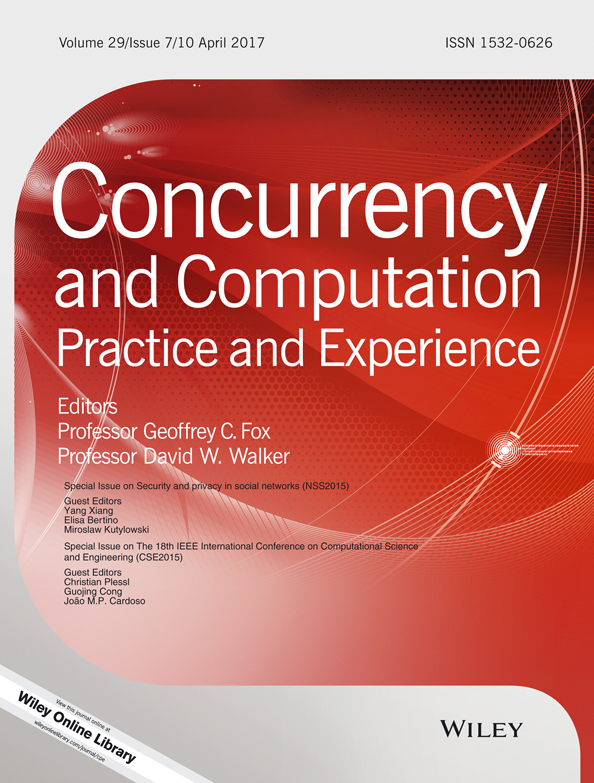Methods to model and simulate super carbon nanotubes of higher order
Summary
Super carbon nanotubes (SCNTs) are of interest in material design because of their strength and weight characteristics. In this paper, we present a graph algebra-based approach to model and construct SCNTs of arbitrary order. The SCNTs are represented by directed graphs with Y junctions as basic modeling element. A new data structure to store these graphs is proposed that capitalizes on the hierarchy within SCNTs and allows efficient queries for nodes and edges. Symmetry considerations for SCNTs are conducted and related to the graph algebra-based modeling. We present an extended and improved algorithm for simulating the mechanical behavior of SCNTs. Compared with our previous work on level 0 SCNTs, the performance is improved by a factor higher than 2 when running in serial and a factor up to 4.4 when running in parallel on a 16-core symmetric multiprocessing system. A new pre-processing step exploiting structural symmetry and an improved proximity-aware matrix-vector-multiplication routine make this performance improvement possible while only consuming little additional memory. We also now consider SCNTs of order 1 and 2. Experimental results show that our new solver is up to 1.4 times faster than a compressed-row-storage based reference solver, on order 0, 1, and 2 SCNTs, with and without deformations, while requiring only half the memory. Because memory is the limiting factor for the feasibility of such simulations, our new approach significantly expands the realm of feasibility for such simulations. Copyright © 2016 John Wiley & Sons, Ltd.




